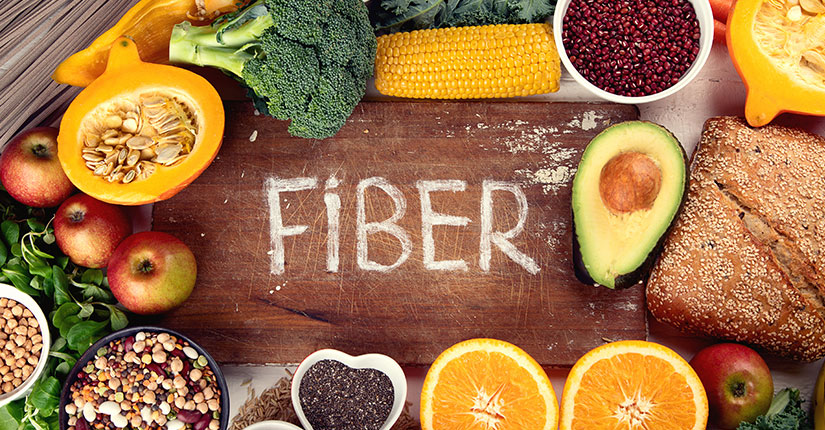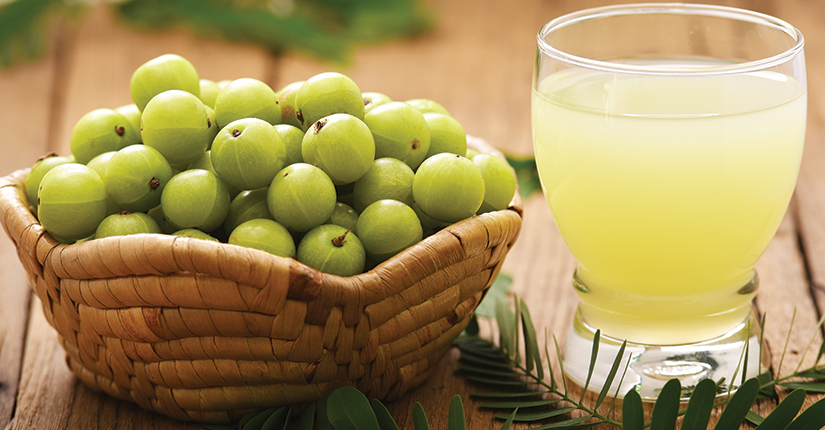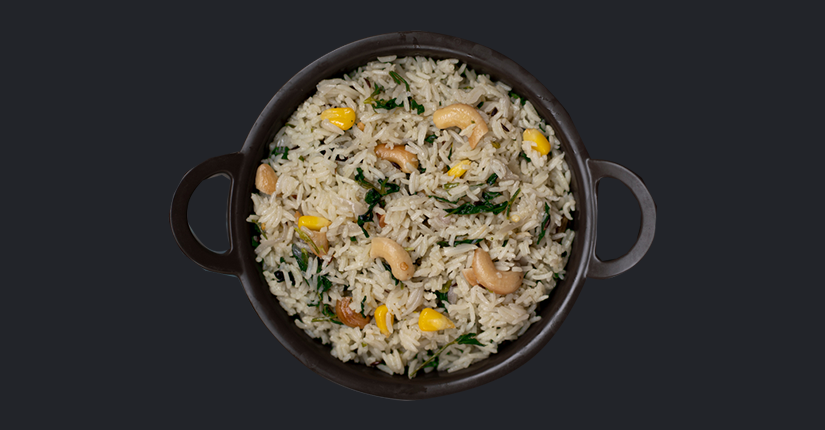Fibre, fibre everywhere… But is it all the same
By Nmami Agarwal 04-Apr 2021 Reading Time: 5 Mins

We all know that fibre is a vital component of a healthy and well-balanced diet and it helps in the effective functioning of the body but did you know that there are two types of fibre which have their own advantages and disadvantages on the body. Fibre is divided into two types which are generally known as insoluble and soluble fibre. Don’t worry if you just got confused after reading these two terms as we got you covered on every information about these two types of fibre. Read on to know more.
Soluble vs insoluble fibre
Soluble fibre consists of plant pectin and gums and dissolves in water and further broken down into a gel-like substance in the part of the gut known as the colon whereas insoluble fibre doesn’t dissolve in water and is left unbroken and moves through the gastrointestinal tract. It consists of a different plant material which is known as cellulose and hemicellulose.
Soluble fibre gets dissolved in the body and therefore it incredibly supports digestive health in plenty of ways. Soluble fibre helps in reducing high cholesterol levels and sugar while assisting the body in improvising blood glucose control and reducing the risk of diabetes as well.
Insoluble fibre supports bowel function while easing out problems like constipation. It makes your stool soft so that it can easily pass through your system without putting a strain on your bowels. Insoluble fibre assists in the proper regularity of the bowel. Insoluble fibre is not at all digested by the body and hence it does not provide any calories.
Fibre is usually found in vegetables, fruits, whole grains, and legumes and the balance of both the soluble and insoluble fibre is crucial for good health. Oats, barley, citrus fruits, beans and peas are all filled with soluble fibre whereas whole wheat, potatoes, nuts and green beans are filled with insoluble fibre.
Fact check on soluble and insoluble fibre:
- Many foods which are rich consist of both soluble and insoluble fibre.
- Both soluble and insoluble fibre have their own health benefits.
- From the ancient period, fibre is being utilized as a dietary aid.
Health benefits of soluble fibre
- It helps in managing weight
- It helps in lowering down the cholesterol levels
- It helps in decreasing the risk of heart diseases
- It helps in penetrating the healthy gut bacteria
- It helps in steadying the blood sugar levels.
Health benefits of insoluble fibre
- It helps in easing out the constipation
- It helps in decreasing the risk of heart diseases
- Keeps you full for a longer period of time
Daily recommended fibre intake
Fibre is a vital nutrient that plays a major role in deciding gut health and adding a good source of fibre to the diet is quite important. Both soluble and insoluble fibre is important for the body and consuming the accurate quantities from the regular diet is a definite do.
Here is the daily recommended fibre intake of different age groups.
- Men under the age group of 50: 38 grams per day
- Women under the age group of 50: 25 grams per day
- Men over the age of 50: 30 grams per day
- Women over the age of 50: 21 grams per day
Footnote
Both soluble and insoluble fibre is essential for a healthy diet and consuming healthy foods that are rich in fibre can give a boost to your overall health and well-being.





















